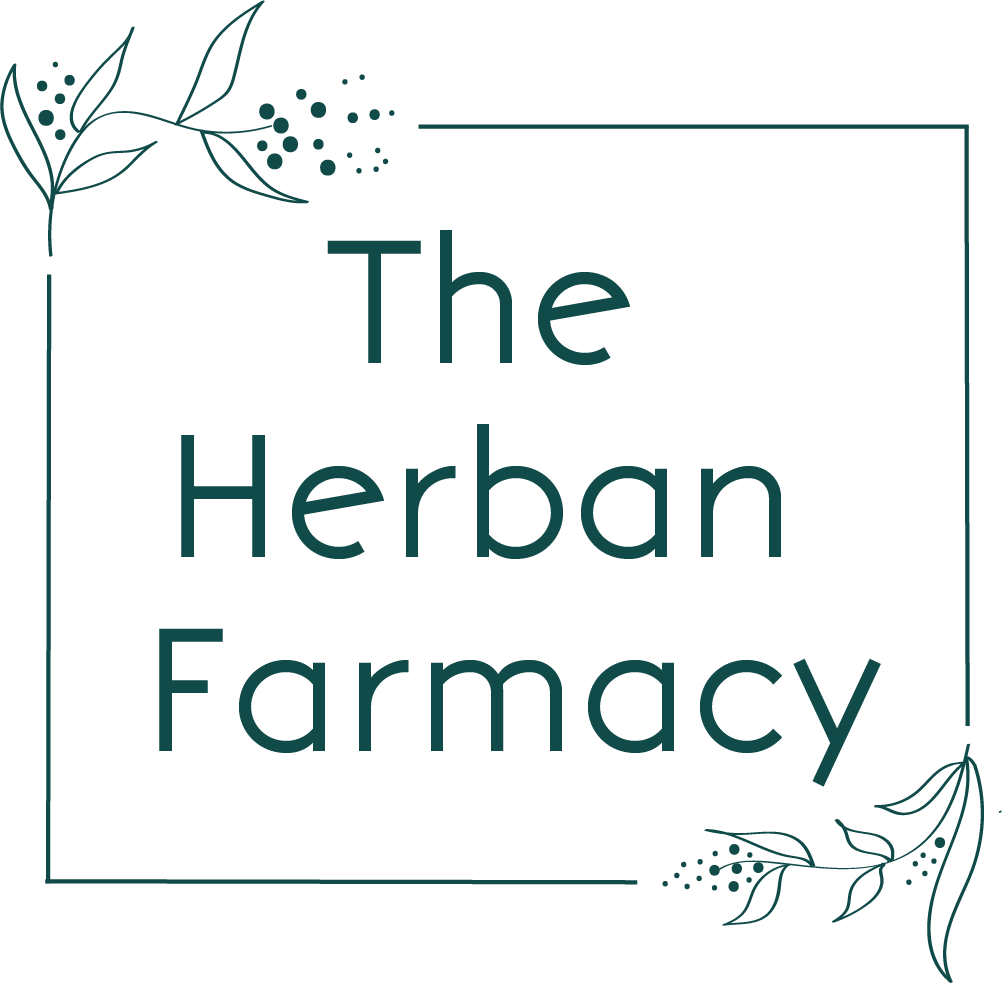What’s Really in Your Olive Oil?
What’s Really in Your Olive Oil?
Olive oil is often seen as the gold standard of healthy fats outside of whole food fats like olives, nuts, seeds and avocado. You drizzle it on salads, dip sourdough in it, maybe even add it to your skincare... but what if I told you that most of the bottles lining grocery store shelves aren’t even what they claim to be?
We’re talking adulteration, contamination, and straight-up greenwashed health claims.
The Dirty Truth About Store-Bought Olive Oil
It’s often cut with cheaper oils
Many "extra virgin" olive oils are secretly diluted with lower-cost oils like soybean or canola. They're still labeled as “extra virgin,” but lab testing has proven otherwise again and again.
It can be contaminated with phthalates
Phthalates are hormone-disrupting chemicals commonly found in plastics—and unfortunately, they’re also making their way into your olive oil during processing, storage, and packaging. These chemicals have been linked to issues like infertility, metabolic disruption, and even cognitive challenges.
Even brands bottled in glass aren’t necessarily safe—plastic tubing and food-grade adhesives used during manufacturing may still leach contaminants.
Why This Matters for Your Health
Olive oil is supposed to be one of the cleanest, most antioxidant-rich foods in your kitchen. But when it's laced with hormone disruptors and blended with inflammatory oils, you're not getting the anti-inflammatory, brain-boosting, or skin-loving benefits it’s praised for.
What We Use Instead (And Why)
In our home, we stick to the real thing—and even take it a step further.
I give our son high polyphenol olive oil daily to help with cognitive function (yep, that’s a super sciency mom move 🤓). It’s one of the simplest ways to support the gut-brain axis and provide gentle but powerful plant-based nourishment.
We also use olive-leaf based internal wellness products that contain high concentrations of hydroxytyrosol—a polyphenol found in early-harvest olive leaves and oil that’s been shown to support skin, cognition, circulation, and cellular health.
When you realize that most store-bought oils may be doing more harm than good, it just makes sense to seek better options.
Here’s What to Look for in a Quality Olive Oil:
Cold-pressed and early harvest
Bottled in dark glass
From a traceable, single-origin source (not a mass-market blend)
Rich in polyphenols like hydroxytyrosol
Free of added oils or fillers
Ideally tested for phthalates or other contaminants
Bottom Line:
If you’re going out of your way to use olive oil for your health, it’s worth making sure it’s actually helping you.
This will only happen when it’s the kind of oil that lives up to the olive tree’s healing reputation.


